Road tunnels represent an environment of particular interest for those who design and build artificial lighting systems. Here, in fact, there are unique conditions of brightness variations which, more than elsewhere, pose problems of energy efficiency, maintenance and specific safety measures.
In response to the energy issue, in recent years there has been a widespread diffusion of LED technology for projectors, with considerable savings in terms of energy costs and, consequently, of polluting emissions.
To guarantee safety, the legislation in Italy defines the tunnel as a dangerous environment and, through the UNI 11095 standard,
specifies the lighting requirements of the lighting system of a road tunnel, in order to ensure that the driver of a vehicle, both day and night, can enter, cross and exit the covered section at a speed at least equal to local speed limit, with a degree of safety no lower than that present on the sections of road to which the tunnel is a part, in adequate conditions of visual comfort.
Light shock
In terms of safety, the main problem that arises for those who design the lighting system is to avoid the light shock which, during the day, one encounters when entering and exiting the tunnel.
In fact, the passage between the very bright exterior and the dark interior can compromise the correct view of the road and of any obstacles along the way.
Avoiding light shock and guaranteeing visibility along the entire extension of the tunnel are the main purposes of the system.
Base and reinforcement lighting
The gallery is characterized by different lighting zones.
- Entrance zone
- Threshold zone
- Transition zone
- Interior zone
- Exit zone
Each area requires specific lighting solutions.
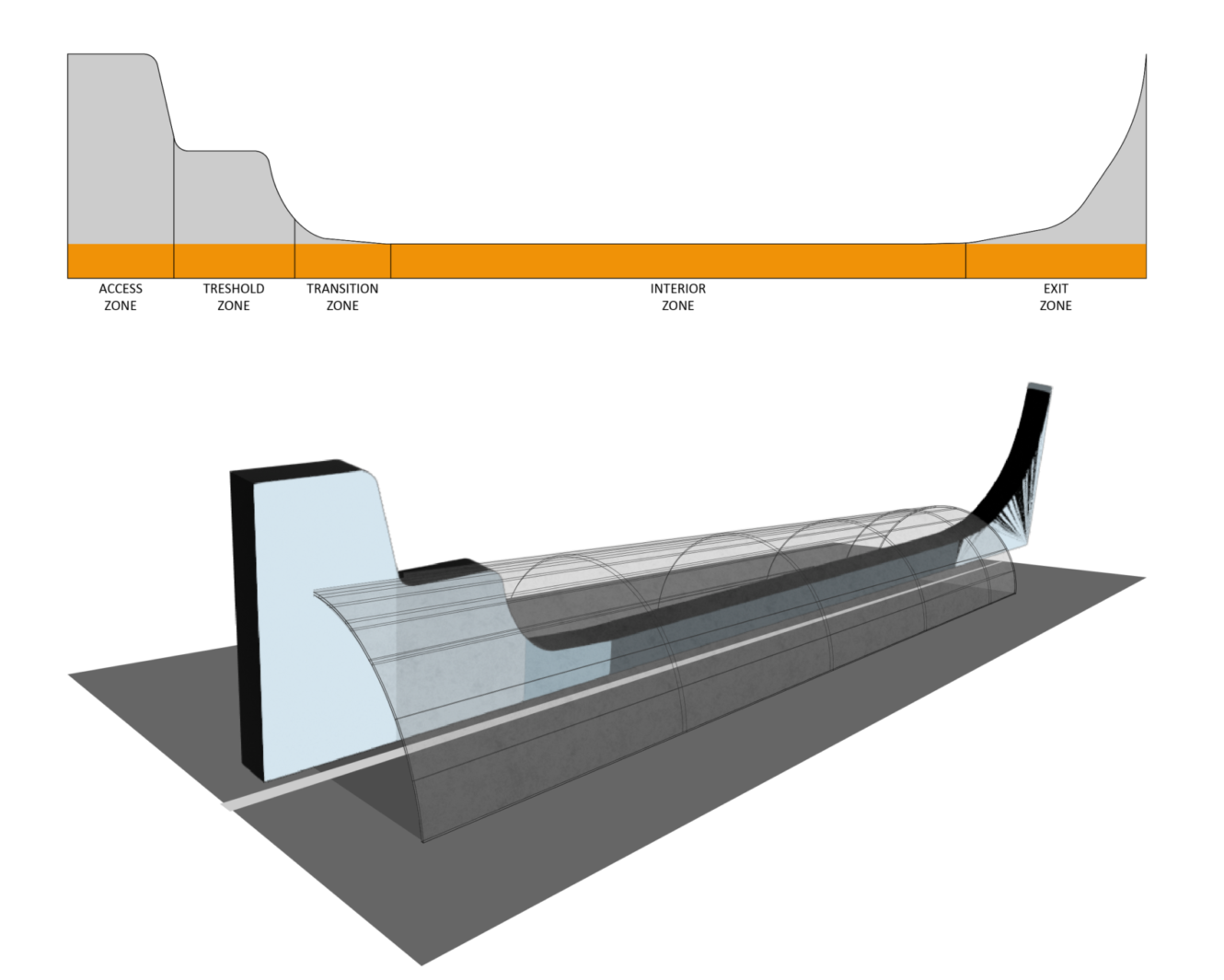
Generally, in the tunnel there are two types of systems, which contribute to the correct lighting. The luminance levels are the basis of the visual scenario for the driver, they are established by the Regulations according to the characteristics of the traffic, the road, the traveling speed and the external luminance.
Permanent lighting system
- It covers the entire length of the gallery and is the only one in the internal zone.
- It is designed to offer constant lighting during the night and all day in the internal area of the gallery.
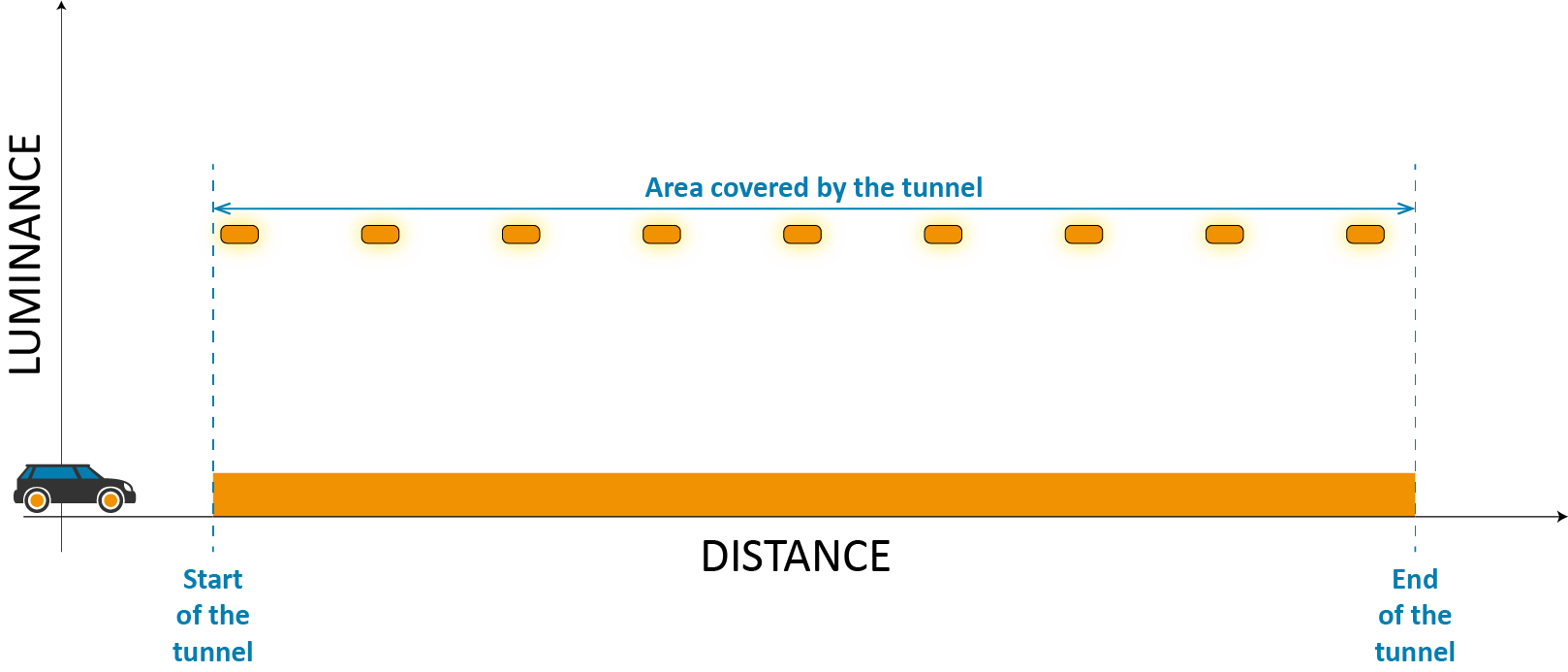
Reinforcement lighting system
- It covers the entrance (access, threshold and transition) and exit zones of the tunnel.
- At night, this facility is switched off.
- During the day, the level of illumination gradually decreases towards the internal area of the gallery and increases as it exits.
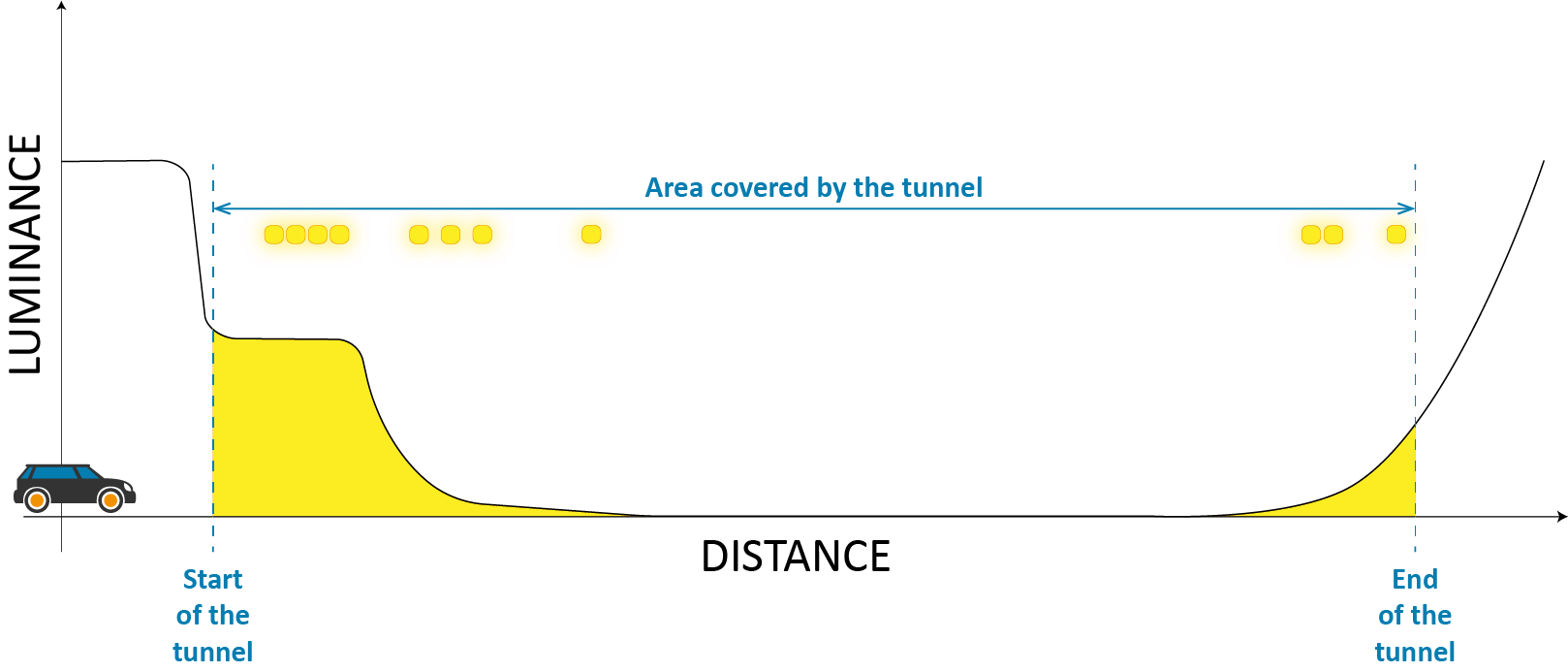
Architecture of a Smart Tunnel system
The architecture of the Algorab remote control system for tunnel lighting is based on four main elements.
- The control nodes installed on each lamp. Usually these are P5-IS2 installed inside each light lamp.
- The VELOS2 veil luminance probe, installed outside the tunnel, normally at the stopping distance from the entrance.
- The gateway kit (RIO-ETH and any supplementary modules), usually housed in the switchboards near the entrance to the tunnel and the coordinator (CRDS2), often installed in a box at the entrance to the tunnel, so that it can have radio visibility both with the internal nodes and with the luminance probe.
- The AUGE-G4 software platform which receives, processes and displays the operating data, indicating any alarm status.
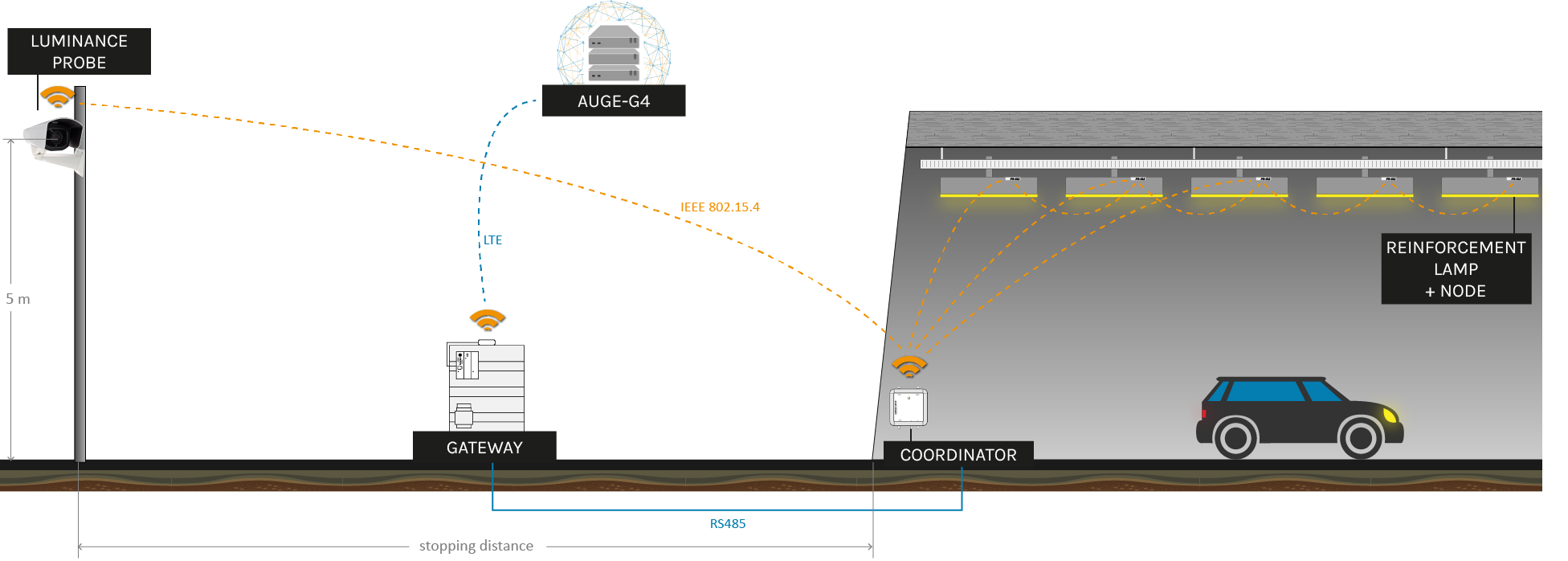
Hardware e software
P5-IS2
P5-IS2 is a wireless device for point-to-point remote control of lighting. The P5-IS2 belongs to the P5 family of controllers, capable of communicating with each other to form a mesh-type WSN (Wireless Sensor Network), a network topology capable of reliably covering large areas.
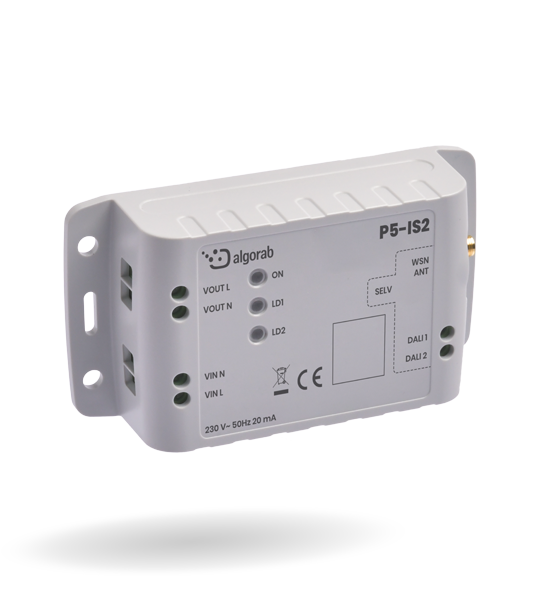
RIO-ETH
The RIO-ETH device is a small but powerful industrial-class embedded computer with an ARM9 processor, equipped with a Linux operating system, designed to support applications of any type and to work even in environments with severe physical conditions.
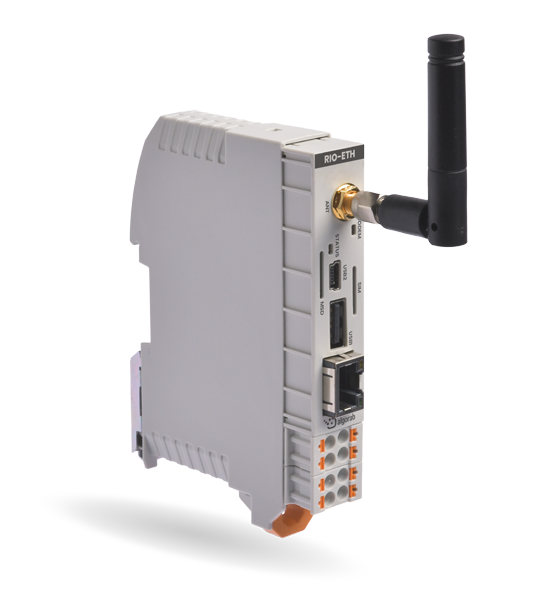
RIO-CRDS2
The coordinator is the device on which the WSN connects. It is coupled to the gateway with which it puts the WSN radio network in communication with a higher level Intranet or Internet network using the available communication resources (Ethernet, M2M modem, etc.).
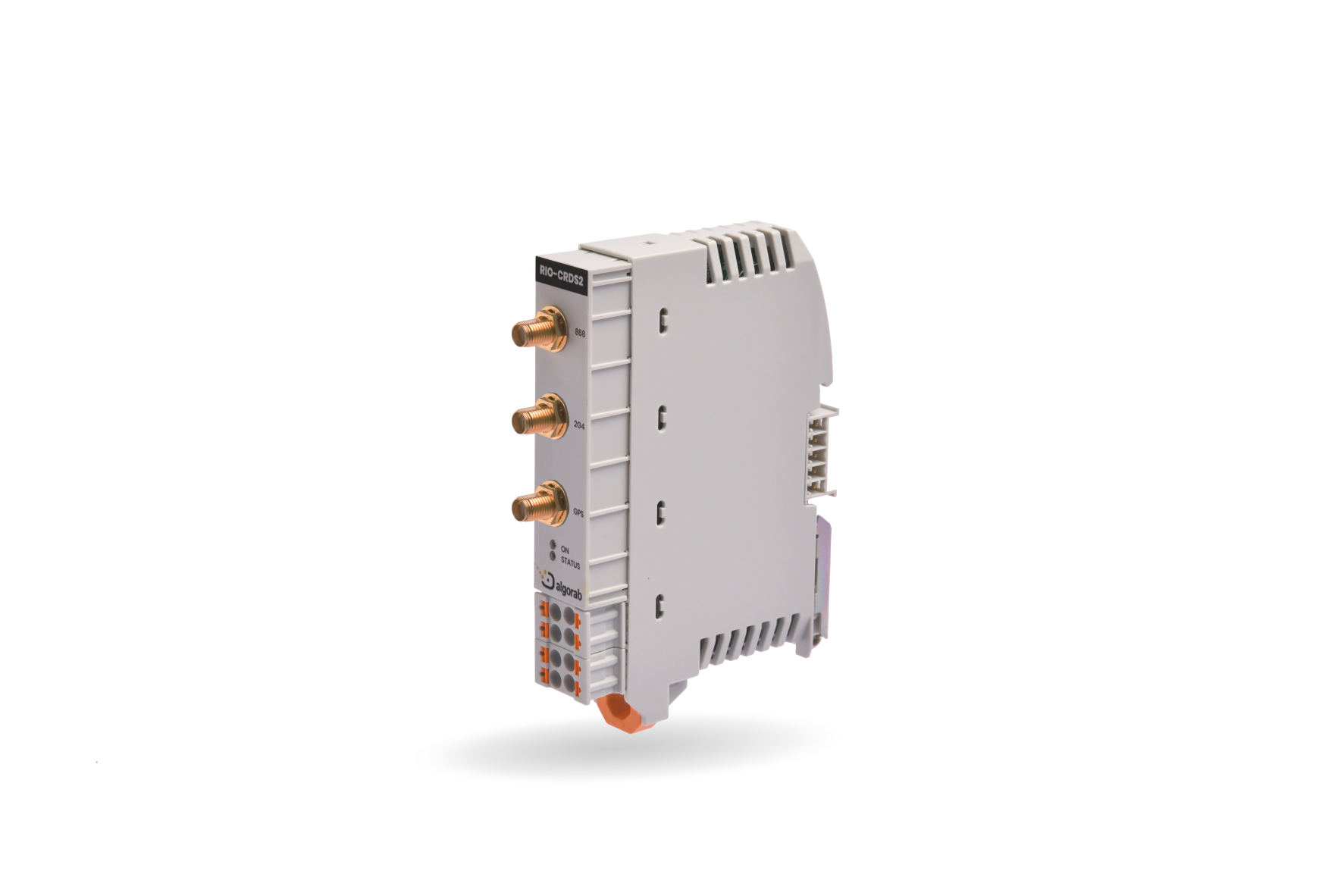
VELOS2
VELOS2 is a latest generation debilitating luminance probe, which can count on a resolution of 5 Megapixels, capable of making accurate measurements of the veil luminance of a tunnel entrance.

AUGE-G4
A powerful tool to manage any kind of remote controlled application in the IoT field. It offers an easy and intuitive navigation experience, customized to meet the needs of the project.
Thanks to the cartographic modules it is possible, at a glance, to detect the operating status of the managed systems. The graphic synoptics, created ad hoc for every need, allow the monitoring and control of all the remote control nodes installed and of the other system components.
AUGE-G4 collects, memorizes and allows the analysis of data collected in the field for ordinary and extraordinary management and maintenance activities.
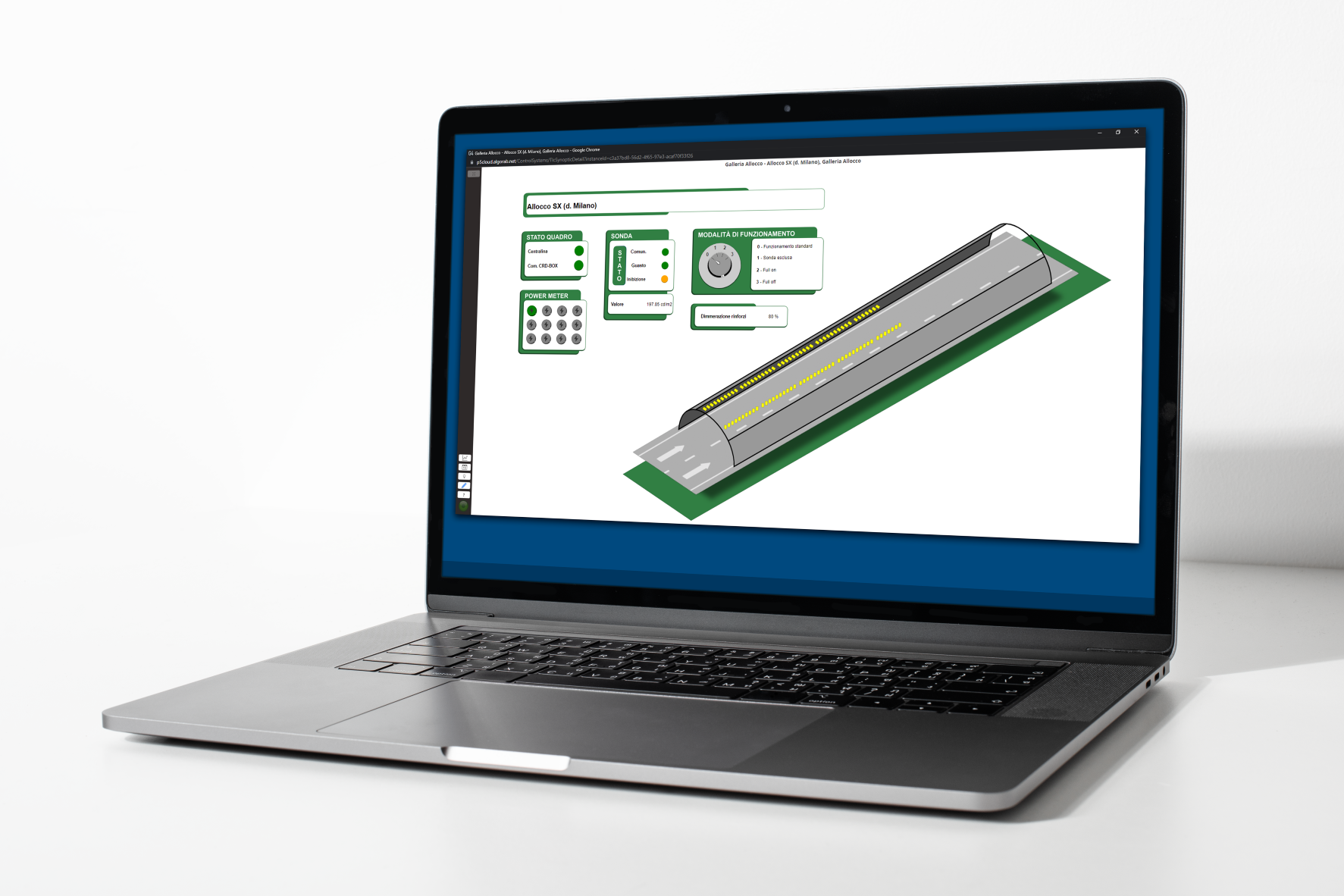
Algorab is part of the change by participating in the redevelopment project of 450 motorway tunnels launched by Aspi – Autostrade per l’Italia
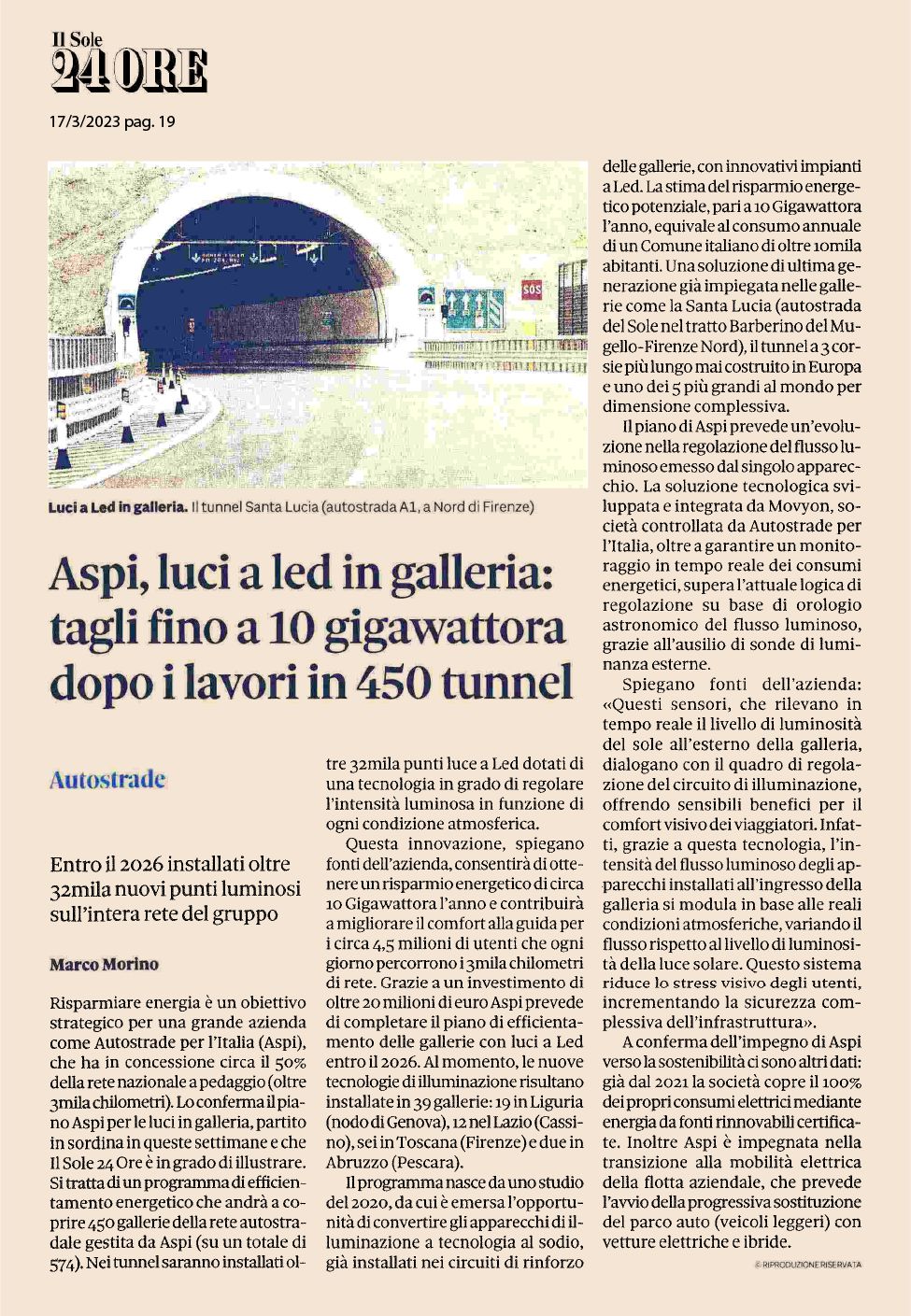
CONTACT US



